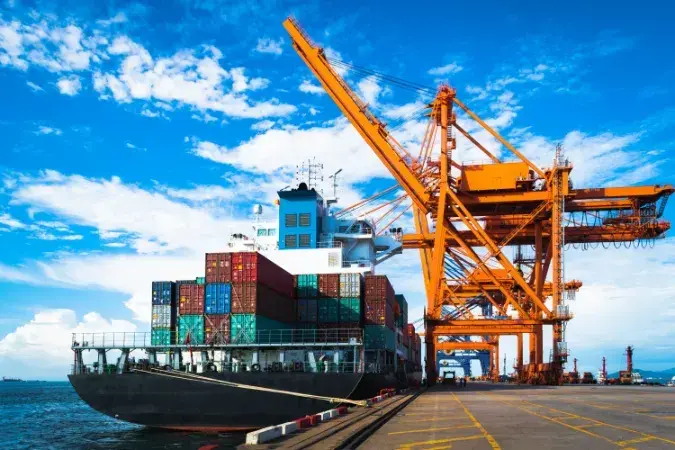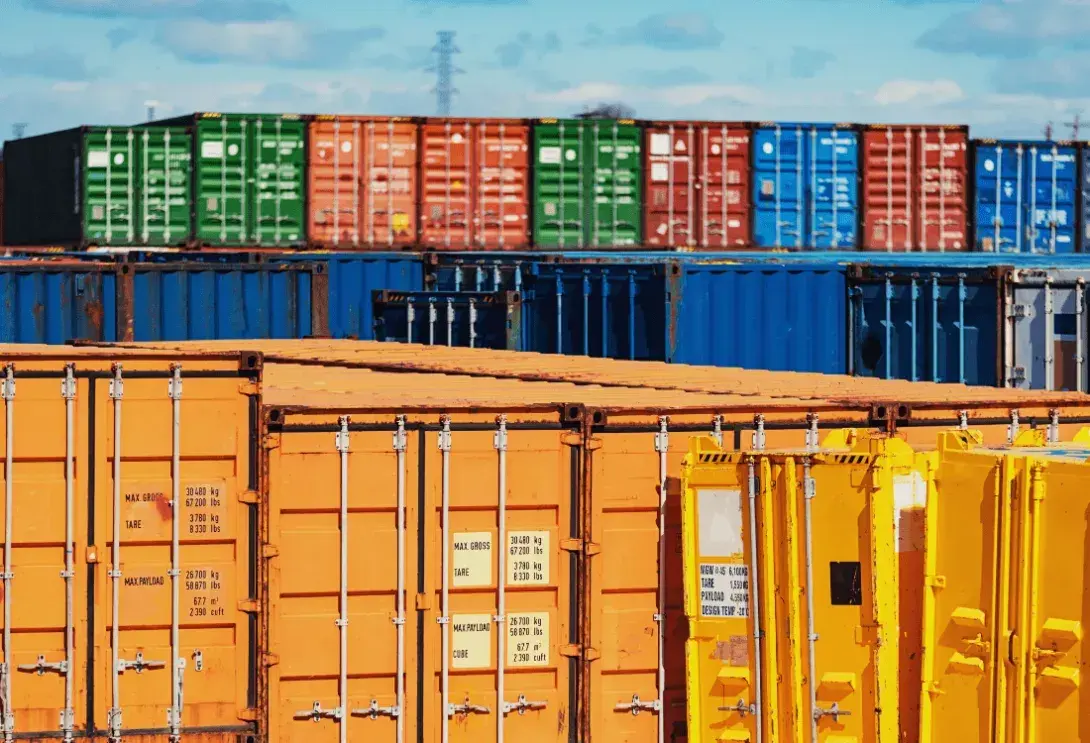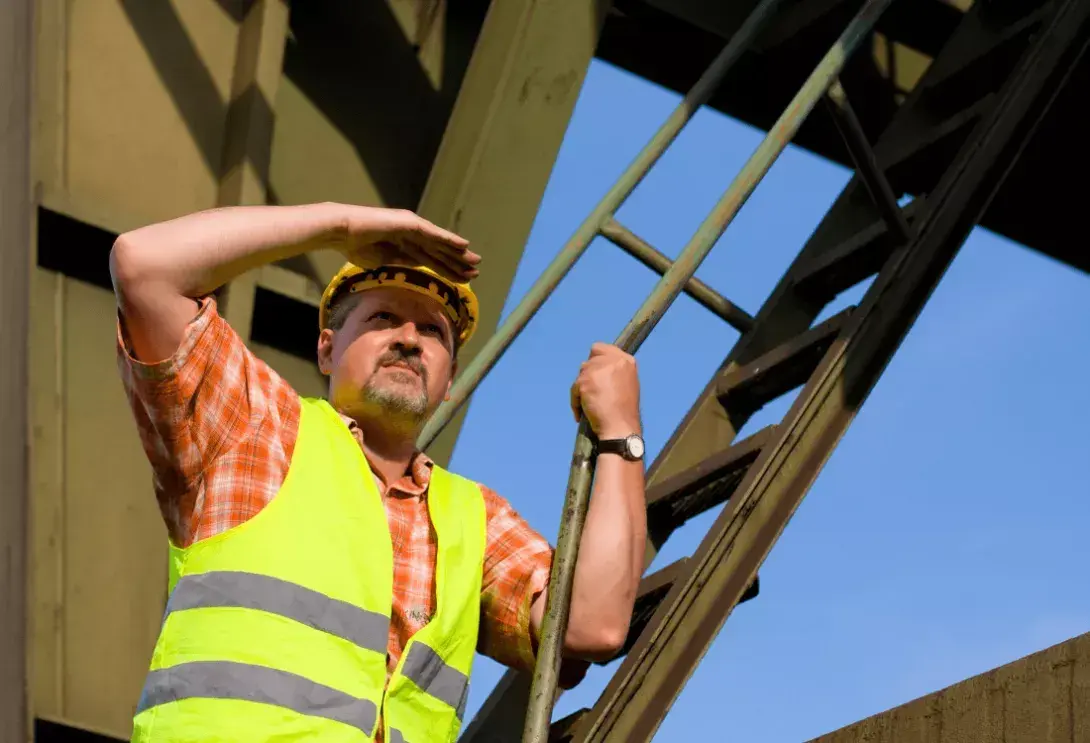By Ray Simmons on Aug 15, 2023 12:00:00 PM

Understanding The Legal Framework: The Work At Height Regulations 2005
The legal compliance framework surrounding working at height is based on the Work at Height Regulations 2005. For these purposes, ‘height’ is any distance that, if safety precautions are not taken, a person could risk personal injury or even death should they fall. So this applies to most work above ground level, including the modest heights of shipping containers and loading gantries.
When working at height is unavoidable, employers must implement measures to keep workers safe, such as the following best practices:
- Working at height risk assessment: Before undertaking any work at height, a risk assessment should be conducted to identify risks to employees and determine the necessary safety measures.
- Working at height plans: Following the risk assessment, employers should develop a comprehensive working at height plan for each specific working at height task, with actionable points to eliminate, reduce, and mitigate risk.
- Avoidance/minimisation of risks: Employees are advised to avoid work at height where it's reasonably practicable to do so. Where work at height cannot be avoided, workers must use work equipment or other measures to prevent falls, such as our shipping container edge protection system, ConCEPS.
- Equipment use: When selecting the appropriate equipment for working at height, employers should give priority to collective protection measures over personal protection measures, although these are also prudent safety measures in many circumstances.
- WAH training: Workers should be comprehensively trained and deemed competent in the tasks they are expected to perform, before being assigned to work at height. This includes knowing how to use the necessary equipment safely and understanding emergency procedures.
- Inspection and maintenance: All equipment used for work at height must be properly inspected and maintained at regular intervals and replaced when necessary.
Shipping Container Fall Protection Best Practices
Beyond compliance with the letter of the WAH Regulations, other best practices can be implemented on site to minimise the risk of falls from height. These include establishing clearly marked controlled access zones where only authorised and trained personnel can enter, implementing a fall protection plan that outlines the procedures for rescue and contacting the emergency services in case of a fall, training employees on ladder safety, and wearing the appropriate PPE, such as safety harnesses, hardhats, and nonslip footwear.
Next Steps
Consider SHEARFORCE’s shipping container fall protection product: ConCEPS, an innovative new system that eliminates the risk of workers falling from the top of shipping containers. ConCEPS is adjustable to fit all four corners of standard shipping containers from 10 foot to 40 foot in length, with adjustable fall prevention ratchet straps to prevent falls. SHEARFORCE also have the capacity to offer bespoke solutions where off the shelf products are still not suitable. Please contact us for more information.
Image Source: Canva





No Comments Yet
Let us know what you think